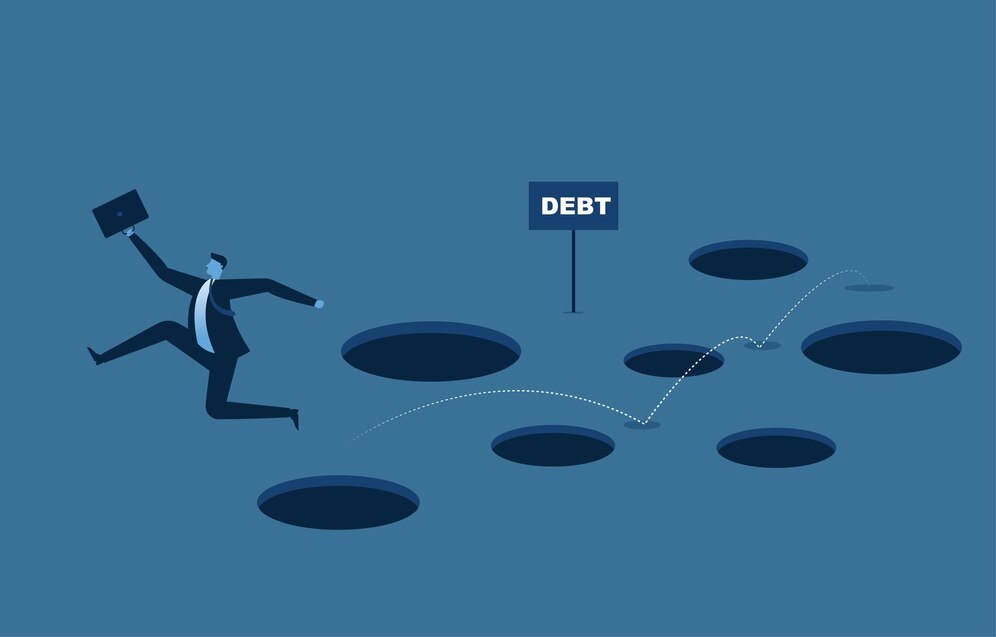In today’s world, achieving financial independence is a universal aspiration. However, for many individuals and households, the path to financial freedom is often obstructed by the burden of debt. Whether it’s credit card debt, student loans, or other financial obligations, debt can be a formidable barrier to realizing your financial goals. Fortunately, by crafting a clear roadmap and adopting a debt resolution plan, you can pave the way to debt freedom and ultimately financial independence.
Understanding the Significance of Debt Freedom
Before diving into the specifics of a debt elimination strategy, it’s essential to understand why achieving debt freedom is so crucial. Debt can be a significant obstacle to your financial well-being for several reasons:
With these reasons in mind, it’s evident that tackling your debt head-on is a crucial step toward achieving financial independence.
Crafting Your Debt Resolution Plan
A debt resolution plan is like a roadmap that guides you towards debt freedom. Here are the essential steps to craft a clear and effective plan:
- The first step in creating a debt resolution plan is to understand your current financial standing. Compile a list of all your debts, including the outstanding balances, interest rates, and minimum monthly payments. This snapshot will serve as the foundation for your plan.
- Define your financial goals. Do you want to eliminate all your debt, or are you primarily focused on paying off specific high-interest loans? Having clear objectives will help you stay motivated and measure your progress.
- Developing a detailed budget is essential. It allows you to allocate your income efficiently, ensuring that you have enough to cover your expenses while making extra payments towards your debts.
- Identify which debts to prioritize. Generally, high-interest debts, like credit card balances, should be paid off first, as they accrue interest quickly and can be the costliest in the long run.
- Consider various debt repayment strategies, such as the debt snowball method or the debt avalanche method. The former focuses on paying off smaller debts first to build momentum, while the latter targets high-interest debts to minimize overall interest costs.
- Finding ways to boost your income, such as taking on a part-time job or freelancing, can accelerate your debt repayment plan significantly.
- If your debt situation is complex or overwhelming, consider consulting with a financial advisor or credit counselor. They can provide valuable insights and help you create a customized debt resolution plan.
- Regularly review your progress and make adjustments as needed. Celebrate small victories along the way to stay motivated.
- As you work towards debt freedom, it’s crucial to have an emergency fund in place to cover unexpected expenses. This prevents you from resorting to credit cards or loans when faced with financial emergencies.
- Achieving debt freedom is a marathon, not a sprint. Stay committed to your plan, even when faced with setbacks or temptations to incur new debt.
The Road to Financial Independence
Crafting a clear roadmap to achieve debt freedom is an integral part of your journey toward financial independence. It requires discipline, determination, and patience. By following a debt resolution plan tailored to your unique circumstances, you can overcome the hurdles posed by debt and set yourself on the path to financial freedom. Remember, the sooner you start, the sooner you’ll be able to enjoy the benefits of a debt-free and financially independent life.



